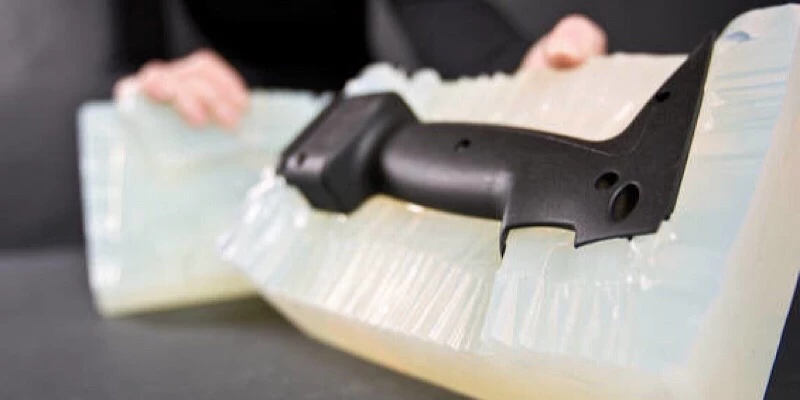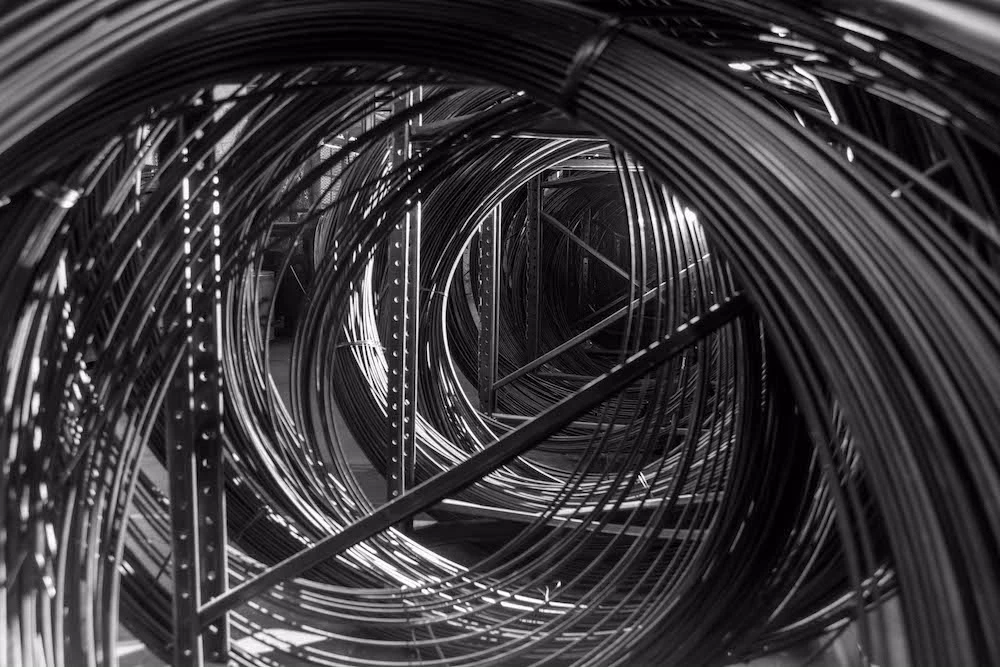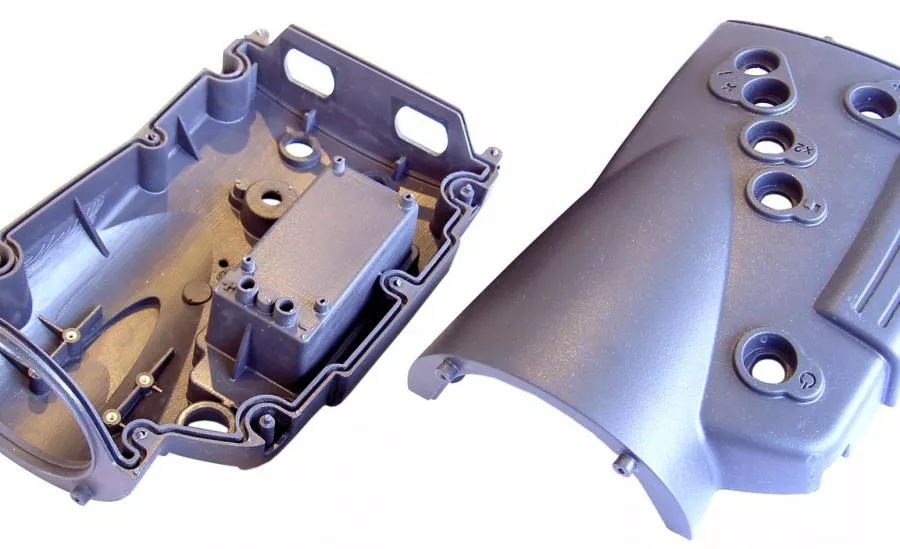Summary: Should you choose vacuum casting for your prototyping needs? Here is everything you need to know about the process.
In the world of rapid prototyping, vacuum casting is a valuable technique, which can complement other processes, like CNC machining and 3D printing, or be used independently to advance product development with high-quality prototypes. There are many reasons to use it for rapid prototyping applications. Keep on reading to find out if the process is right for you.
What is Vacuum Casting?
It’s important to understand the fundamental nature of how vacuum casting works. The vacuum casting process consists of several straightforward steps. First, a master model is made, usually using a high-resolution 3D printing process such as stereolithography (SLA) or selective laser sintering (SLS). Both of these 3D printing methods, as well as CNC machining, are capable of creating parts with high-quality surface finishes, a necessary characteristic for a master model.
The master model is subsequently cast in silicone—in other words, it is placed in a vat and covered with liquid silicone. The silicone mold is then cured, after it hardens, it is cut along specific lines and the master model is removed. From there, the silicone mold is injected with a polymer-based resin of the customer’s choice and is then cured. The casting process occurs under a vacuum environment, which ensures that air bubbles are removed from the cast resin, resulting in dense, high-accuracy parts. When the resin is solid, the mold can be removed and reused to make more identical copies.
Today, vacuum casting is a commonly used rapid prototyping process for many applications, including pre-series prototyping, pre-series testing and validation, and small series batches for early-market products.

See this video to know the process of vacuum casting:
Top Reasons to use Vacuum Casting:
1. Quality
The first reason why one should consider using vacuum casting for their prototyping needs is quality. Though it is primarily a prototyping process, vacuum casting is capable of reproducing parts that are production quality—similar even to injection molded parts. Silicone molds can form even the smallest details on a master model, making vacuum casting particularly suitable for the production of small, highly detailed components. It should be noted, however, that the quality is fully dependent on the quality of the master model. To ensure the best quality, make sure that the master model (whether it is 3D printed or CNC machined) has a good surface finish and high-resolution features.

2. Material choice
Vacuum casting is a great rapid prototyping option when you need a wide range of material choices. While the material of the master model is less important and silicone is the material of choice for the mold itself, the final casting can be done using a broad selection of polymer resins, including stiff plastics, flexible elastomers, transparent materials, and more. Notably, there is a selection of castable and curable resins that resemble commonly used thermoplastics, such as ABS-like polyurethanes and PE/PP-like polyurethanes. This means that your vacuum cast prototype can have similar aesthetic and mechanical properties to final, mass-produced components made from ABS or Polyethylene (PE), to name but a couple.

3. Testing
As we’ve seen, because vacuum casting can produce parts with a high degree of accuracy and from a wide range of materials, it is possible to create prototypes that closely resemble final products. This, in turn, means that vacuum cast prototypes are suitable for functional testing and validation, as well as fit testing if the component in question is part of a larger assembly. This capability is advantageous because it enables product developers to carry out quality assurance at an early stage, to determine whether their product is viable for particular applications before moving into final production. Vacuum casting is thus a beneficial rapid prototyping process for pre-series production for mechanical and aesthetic validation, as well as certifications and customer trials.

4. Time
Another reason to option vacuum casting for your plastic prototyping needs is time. Vacuum casting can save you valuable time and help to speed along the product development process. More conventional molding processes, such as injection molding, rely on tooling made from metals such as steel. These, while suitable for mass production, are not ideal for prototyping because they can take weeks to produce. A silicone mold, however, can be formed in as little as a day, and cast parts can be rapidly produced in succession using a single mold. Whether you are on a tight deadline to present a product model to stakeholders or to move into product tests, vacuum casting is a viable solution for quickly achieving production-grade prototypes.

5. Cost
Last but not least, vacuum casting is also an economical way to produce high-quality prototypes or small-batch pre-series parts.
There are a few reasons for this:
Firstly, vacuum casting is not energy-intensive compared to CNC machining or injection molding, which leads to lower energy consumption costs.
Secondly, once the master model has been produced, the main costs associated with vacuum casting are related to the resin material used. The process itself is inexpensive because the silicone molds are low-cost (significantly less than steel or aluminum molds) and the labor required to cast parts using this method is less complex than, say, machining.
Finally, vacuum casting benefits from economies of scale, meaning that because several parts can be produced using a single mold, the cost-per-part reduces the more parts are made. Typically, it is possible to achieve cost savings by producing at least 10 copies, though it is possible to produce upwards of 25 prototypes per mold before the quality begins to be affected. (The number of successful copies is dependent on several factors, including the silicone mold’s level of detail and complexity and the type of material being cast.)

Is Vacuum Casting the right rapid prototyping solution for your needs?
Overall, vacuum casting has many benefits for rapid prototyping applications, but it is most valuable in cases where a series of high-quality prototypes are required. Product development teams seeking to make pre-launch prototypes for customer trials, models for marketing purposes, or functional prototypes can make the most out of vacuum casting. Because of its high production quality, the process is also suitable for small-batch manufacturing of end-use components.
If you’re still not sure whether it is the right choice for your rapid prototyping needs, don’t hesitate to reach out to us at RapidDirect.


